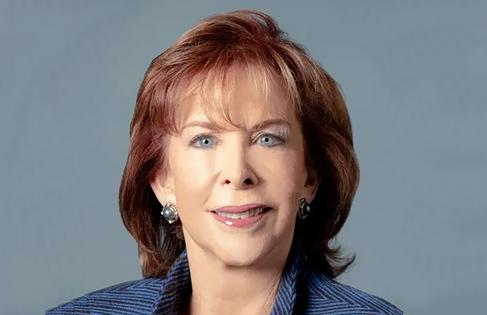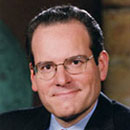Terry Savage: Understanding the interest rate market
We measure the stock market performance by popular indexes such as the Dow Jones Industrial Average or the S&P 500, both of which have made a series of new highs this year. Yet there are plenty of stocks that are lagging behind. In other words, what we call the "stock market" is not a monolith but rather a “market of stocks.”
And the same can be said of the bond market. Yes, the Federal Reserve sets the short-term interest rates in the U.S. government Treasury market. And the Fed’s rate cuts definitely determine the direction of most interest rates. But not all interest rates move in the same degree or time frame as the Fed’s headline rate signals.
For example, the Fed cut the overnight borrowing rate by 50 basis points (one-half of a percentage point), putting it in a target range of 4.75% to 5%. It was the first rate cut in four years, signifying a new trend. But how quickly other rates will follow depends on many other factors.
Those factors include the length of time the debt will be outstanding — the maturity — and the credit quality of the borrower, reflecting the risk of repayment. And some rates are set simply because the lender can get away with charging high rates because borrowers have few other options!
The average credit card rate is now 20.8% according to Bankrate.com. But if you’re using a department store or retailer card, the average rate is 30.45%! Of course, you only pay those finance charges if you’re carrying a balance from month to month. And that’s a key point. If you’re carrying a balance at those high rates, they know you’re hooked!
You wind up paying interest on the interest. It could take as long as 30 years to pay off your original purchase, paying only the minimum monthly required amount. And along the way you’ll pay five times as much in interest as the original purchase cost. That’s called being buried in debt!
When the Fed cuts short-term rates — the only rates it directly controls — there is an impact on the longer-term government borrowing market. The United States has sold hundreds of billions in 10-year Treasury notes (IOUs) to finance its annual deficits, which total up to the national debt (now over $35 trillion).
When the Fed cuts short-term interest rates, you’d think that longer term rates, such as those on the 10-year Treasury, would come down in tandem. But shortly after the Fed announced its rate cut, yields on existing 10-year Treasury notes actually moved a bit higher in the huge bond trading market, reflecting longer-term fears that inflation might still be a problem.
Significantly, the 10-year Treasury yield is the “benchmark” for mortgage rates. In the past year, the 10-year Treasury yield has dropped from 4.9% to as low as 3.4% — reflecting a sense that the Fed was getting inflation under control. That has already brought 30-year fixed-rate mortgages lower.
The average rate on a one-year certificate of deposit, as I write this column, is only 1.8% nationally. But if you search at Bankrate.com, you can easily find one-year FDIC-insured CDs paying slightly over 4%. Because most people don’t bother to search, or move money to get those higher rates, CD rates tend to lag on the way up, and come down more quickly when overall rates decline. And the just money sits in the banks, making them rich.
By way of comparison, you could purchase a six-month Treasury bill at the same time, yielding 4.4%. But if you’re worried about lower rates in six months when your T-bill matures, you might choose a one-year T-bill yielding about 3.9% or a two-year Treasury note yielding nearly 3.6%. Lengthening your maturity removes some of the risk that rates will drop further in the coming months — but you’ll earn less in the meantime. The market sets those rates.
Savers will be disappointed as rates come down, unevenly, but certainly if they're lower at renewal time. That’s where the temptation to search for higher rates can lead you astray — accepting lower credit quality or lack of liquidity that includes penalties for early withdrawal. Those risks might not be so apparent now, but it could manifest if the economy slows into a recession.
Then “chicken money” savers will remember their guiding mantra: “I’m not so concerned about the return ON my money, as I am about the return OF my money!”
And that’s The Savage Truth
========
(Terry Savage is a registered investment adviser and the author of four best-selling books, including “The Savage Truth on Money.” Terry responds to questions on her blog at TerrySavage.com.)
©2024 Terry Savage. Distributed by Tribune Content Agency, LLC.












Comments